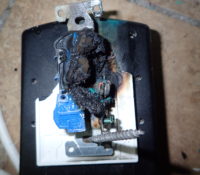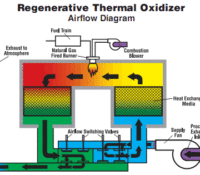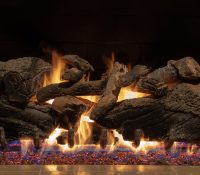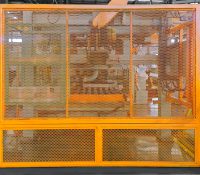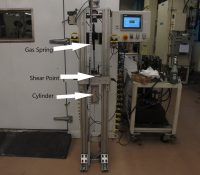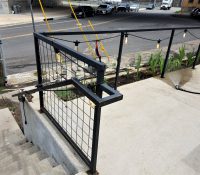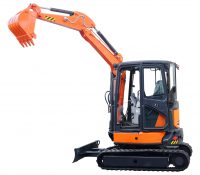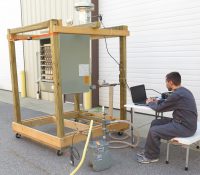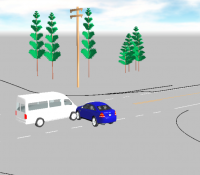Hidden Heat: The Unseen Hazard of a High Resistance Connection
A typical residence can have upwards of 10,000 feet of electrical conductors installed, most of which are buried in the walls, attics and crawlspaces. A commercial building can have 100,000 to upwards of 1 million feet of electrical conductors. At each device such as a switch or a receptacle are at least three, and typically six or more connections of these conductors within a junction box. The connections can be in the form of twisted connectors, screw terminals, push in terminals and crimped connectors.


